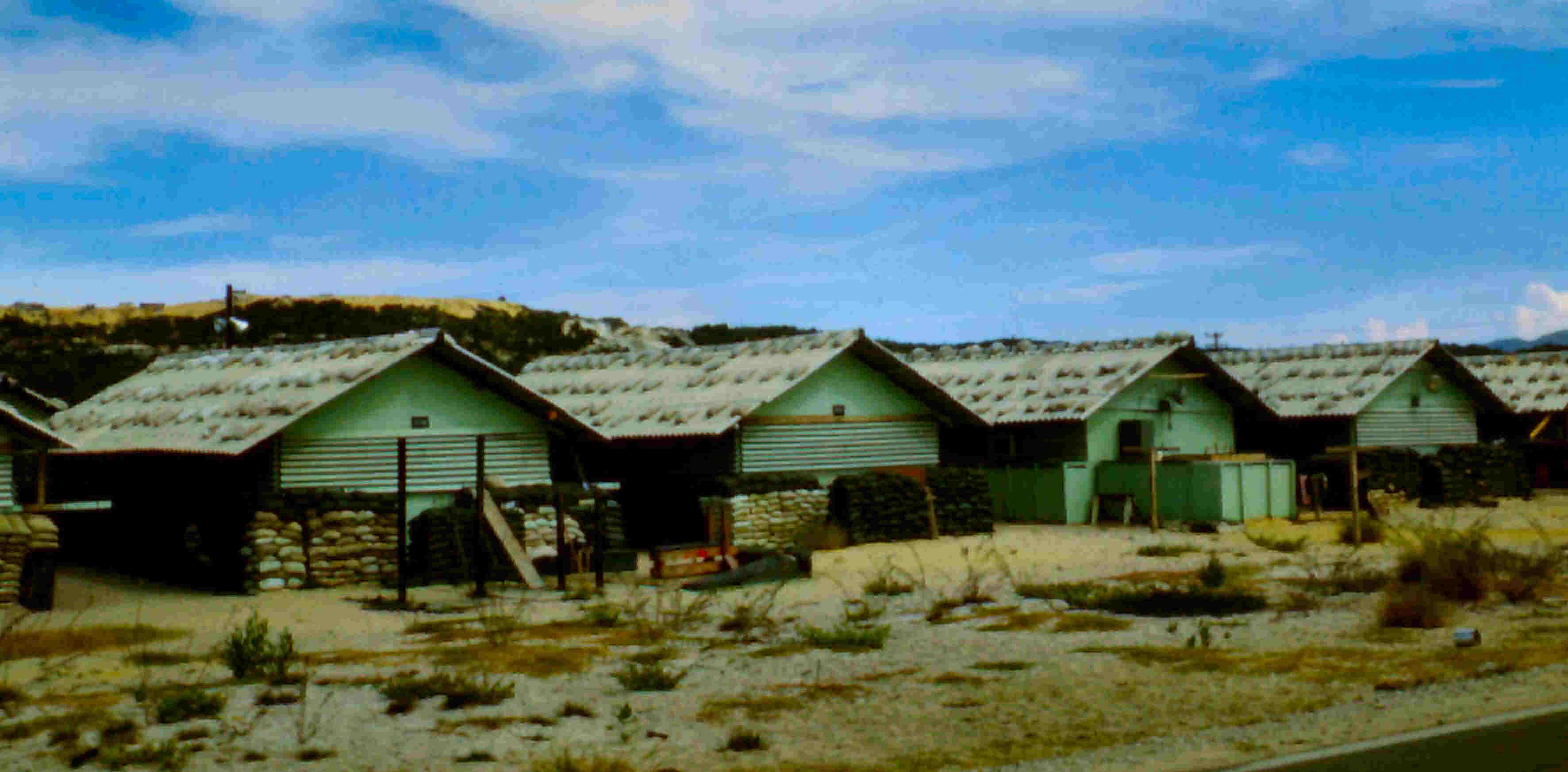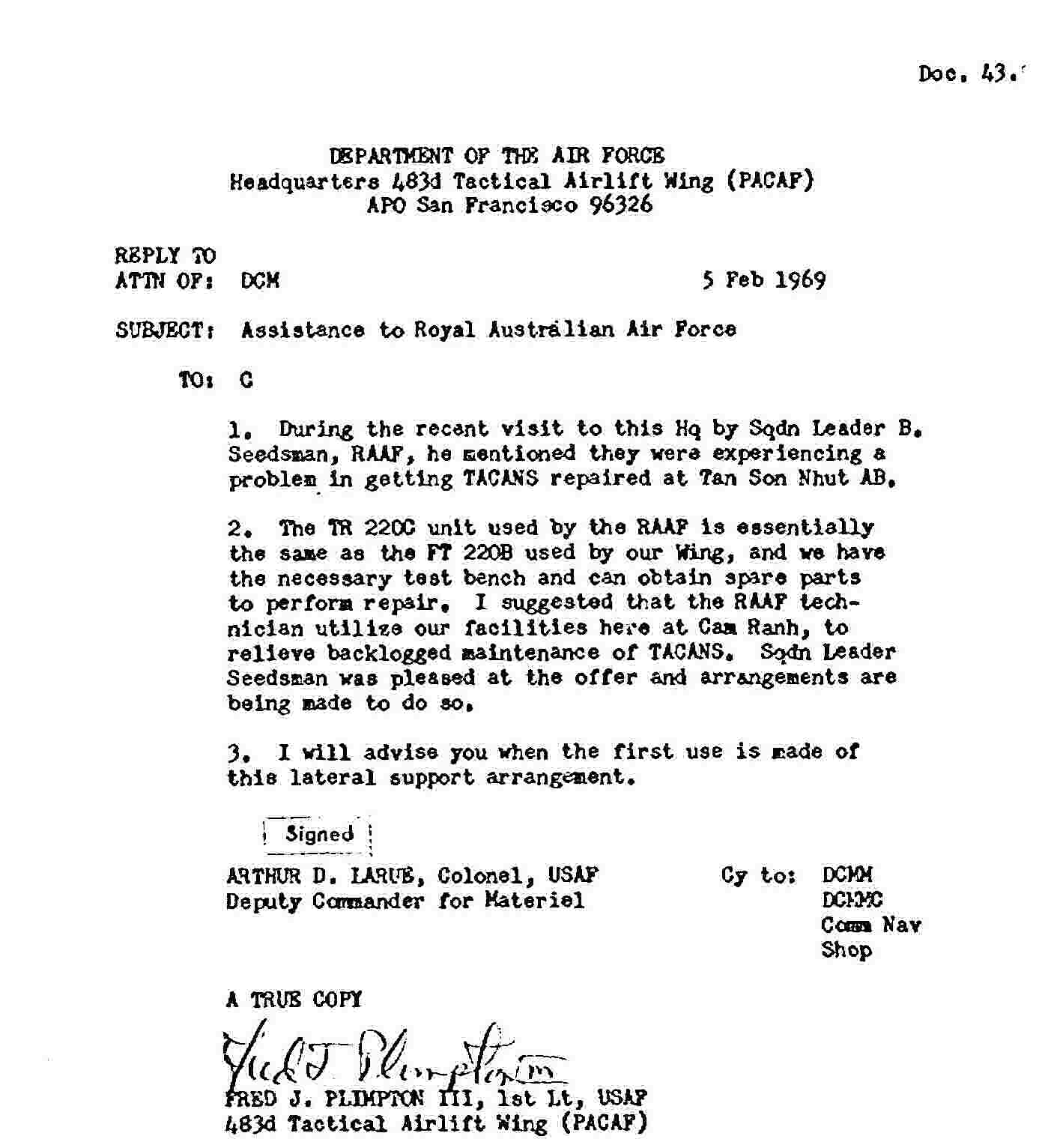|
Radschool Association Magazine - Vol 37 Page 9 |
|
Privacy Policy | Editorial Policy | Profit Policy | Join the Association | List of Members | Contact us | Index | Links |
|
Allan George's Gems
|
|
|
|
The F111
Good
News - It was recently announced that up to seven retired F-111 aircraft
will be
The aircraft will be loaned to museums so that Defence can continue to manage the risk of hazardous material in the aircraft like asbestos and will be subject to a number of conditions to ensure the safe preservation of the aircraft.
These include:
As the aircraft were produced in the United States, organisations selected to display the aircraft will be subject to the approval of the US Government under the International Traffic in Arms Regulations.
Interested organisations will be asked to respond to a Request for Offer which will be released by Defence later this year.
F-111 aircraft will also be preserved at the following RAAF Bases across Australia:
The F-111s were affectionately known as ‘Pigs’ because of their ability to hunt at night and fly low in the weeds thanks to their terrain-following radar. They were perhaps best known for their fiery dump and burn exhibitions at air shows around Australia. They could fly at two-and-a-half times the speed of sound and when they retired were still one of the fastest strike aircraft in the world.
|
|
One day my housework-challenged husband decided to wash his T-shirts. Seconds after he stepped into the laundry, he shouted to me, 'What setting do I use on the washing machine?'' It depends,' I replied, ‘what does it say on your shirt?' He yelled back, ' GO QUEENSLAND !
|
|
The Commodore lives.
Back in 1982, the Commodore
64 home computer was released by Commodore International. It featured an
8-bit microprocessor, 16-colour video microchip, awesome sound chip,
parallel and serial capabilities, and a whopping 64 kilobytes of memory,
all of which helped make it a bestselling home computer. It surpassed
anything IBM had out at the time. Its greatest competitors were the
Apple II and Atari 8-bits, 400 and 800 and it had steady sales up until
its demise in 1994, when Commodore International filed for bankruptcy,
not because of technological advances, but because of a failing economy.
During the C64's lifetime, sales totalled between 12.5 and 17 million
units, making it the best-selling single personal computer model of all
time.
And now it's hoping to make a comeback.
Last September, Commodore USA bought back the Commodore trademark with the goal of reviving the breakthrough all-in-one computer into an advanced desktop computer for today's techies. And it's finally here—relabelled as the Commodore 64x.
The new C64x modern-day computer is packed inside the vintage 64 casing and is available for purchase from the Commodore website. You can purchase it in five different versions: Barebones, Basic, Standard, Deluxe and Ultimate, ranging from US$250 for the bare necessities to US$895 for the full package. They started supplying them back in early June. The machine's internal hardware will be based around a dual-core Intel Atom D525, a chip typically found in notebook computers.
Its 1.8Ghz chip is just a bit faster than the 8-bit 1MHz MOS 6510 processor used in the 80's original and to conform with the times, it offers up to 500GB of hard drive storage and 4GB of RAM. Also included are a DVD-RW drive, a touchpad, four USB ports, a Gigabit Ethernet port and a DVI (Digital Visual Interface) port to connect monitors. Gone is the integral cassette player.
It ships out with a Linux operating system installed—Ubuntu 10.04 LTS, but that doesn't mean you can't install a Windows operating system on it instead. You can also run the Commodore OS 1.0, along with emulation functionality and classic game package, which will be mailed to purchasers when they become available. And that means that you can play all of your favourite 8-bit era games, like Pacman, Commando, and Sentinel.
All the hardware for the machine fits inside the keyboard case and originally will sport the same taupe colour scheme as the original along with an "improved" keyboard.
But will it find buyers? It might find a few, but we don’t think it will find a lot. Just as Sam suggested back in Vol 35, we also think the days of the PC are numbered – a computer with individual parts (keyboard, processor, monitor, mouse) are no longer flavour of the month, they are being replaced by the all-in-ones, the notebook and more recently by the Tablet and with Cloud gaining ground, very soon you will be able to do everything on your mobile phone.
You can find additional info HERE and HERE.
Good luck Mr Commodore.
|
|
A couple is lying in bed. The man says, 'I am going to make you the happiest woman in the world....' The woman replies, 'I'll miss you!!'
|
|
On your bike!!!
For better or worse and, as I have so much time on my hands now that I have retired, I was talked into doing a couple of bicycle rides in our major capital cities.
The 1st in Melbourne on the 16th October was "Around The Bay" - a mere 210km. That kept me busy for all of the day - and most of the night!!!!
We (I rode with my
brother-in-law) did not move over the start line until 0700, 1 hour
after the 0600 published start as they conducted a staged start at 4
minute intervals. We went well for the 1st 2 hours covering
46km and I thought we would do the next 54 km to Sorento in a bit
over another 2 hours!!! Wrong, the forecast winds arrived and we had
head winds until we reached Geelong. It took 3.25 hours to get to
Sorento, 2 hours for the ferry crossing and another
The pic at right was on the http://www.supersportimages.com/ website. Click the pic for a bigger view.
The 2nd was from Sydney to Wollongong on the 6th of November, just a simple 90km down hill!!! I did this ride with your erstwhile Computer Reporter Sam Houliston - it was his idea!!!!
We started at St Peters in Sydney at 0715 in a big crowd and could probably have walked faster for the 1st few km. But once the riders thinned out it was a great ride. The views as we came into Wollongong and around the Sea Cliff Bridge were wonderful, the weather was kind and we really enjoyed the day. It took us about 4.5 hours in the saddle, we trained back to Sydney - then rode home to Sam's and solved the problems of the world over a BBQ and a couple of reds.!!!!
|
|
|
|
|
|
On the Sydney - Wollongong leg, and making easy work of it by the look of things, is Sam Houliston (right) with me in the middle, trying to keep up.
Photo from Sporting Images. |
|
These events were aimed at raising funds for The Smith Family (Around the Bay) and MS Australia (the Gong Ride) and I seek your support for the efforts of these charities.
While I have included a link for both events you may have a preference to support one of the charities above the other, or have a particular allegiance to one of the cities and hence you may have a desire to direct your sponsorship to one of the charities. If however, you have no particular preference, could you please divide any proposed sponsorship equally across both charities. Thanking you in anticipation of your support and I know you will only have sympathetic support for me as I had to eat my meals from the mantle piece after each event.
You can see video of the Wollongong ride HERE
You can still donate after the event.
|
|
To donate to the Smith Family, click HERE
To donate to MS Australia, click HERE
And speaking of bike rides, I have seen insanity and it happens on the streets of Valparaiso, Chile. The Valparaiso Cerro Abajo Race is a legendary urban bike race and is more extreme than skydiving. The rider must brave jumps, stray dogs, and flights of stairs along the steep downhill path. The first person perspective provided by the excellent helmet cam lets us take in every glorious and frightening detail.
Click HERE.
|
|
On holiday recently in Spain I saw a sign that said ‘English speaking Doctor’ I thought, 'What a great idea, why ever don’t we have them in our country?' |
|
Table tennis.
Fancy yourself at the table-tennis table?? Click HERE
Reno Air show.
On
the 16th Sept 2011, at the Reno Air Show, a modified P-51
Mustang, owned and b
So, what went wrong?? At this stage, no-one knows for certain, but there are a few theories and although none of these have been confirmed, one such assumption, which suggests that there was a catastrophic airframe failure, is gaining a lot of support.
Over the years, the aircraft
had been extensively modified, it had been re-designed for speed not for
stability and was set up as a racing aircraft. The wingspan had been
reduced
It is thought that an elevator trim tab separated from the aircraft while being flown inverted causing the aircraft to pitch down violently with some estimating the G forces experienced by the pilot and airframe to exceed 10G.
If this was the case, the pilot would have blacked out and lost control. This scenario did happen about 12 months previously to another racing P51, which was being flown at about 350 ft AGL and when the tab separated, the aircraft pitched up and very shortly afterwards was at 9,000 ft. The pilot of that aircraft lost consciousness but fortunately, regained consciousness at the top of the climb, just prior to the airframe stalling and was able to safely land the aircraft.
It appears that the aircraft
at Reno also went into a high G manoeuvre, causing the pilot to black
out and then enter a steep dive and before the pilot could regain
control, subsequently crashed into the crowd.
In the photo of the aircraft in its fatal dive (right) the pilot is not visible which suggests he is slumped in the cockpit and unconscious due to the high G. Another clue is the appearance of the tail-wheel which is normally retracted in flight. It is thought that the high G manoeuvre has pulled the wheel out of its stowed position.
The sudden onset of high G during a rapid pitch up, and the subsequent loss of consciousness, is called "G-LOC", G induced Loss Of Consciousness. This is the same thing that happened to a Blue Angels pilot that flew his aircraft into the ground at an air show in 2007.
|
|
Why can’t they watch Television in Afghanistan? Because there’s a tellyban… Sorry Rupe!!
|
|
|
|
Spitfire.
Someone, who's grasp of such things exceeded the average, noted that "beauty is in the eye of the beholder." Another such anecdote goes that "one man's junk is another man's treasure." And so it is that one's appreciation of things of beauty in his or her world sometimes encompasses a personification as much as the object or sight itself. A tingling sensation that shows on the beholder's face often accompanies a sight like this airplane. More than just a vision, even its sound is haunting and melodic. Every once in a while, something becomes more than the "sum of its parts." Such was the Spitfire. A true object of beauty to those that admire such things. And yet, one cannot fully appreciate the machine without acknowledging its place in history and of the brave men (and women) who bonded with this machine and flew it into the teeth of war.
An admiration unto itself.
To those that will, enjoy watching this creature of the air and know that R. J. Mitchell's gift to Great Britain exceeded its origins in noble dimension.
This is the only flying Spitfire Mk 11 – see it HERE. It is a very big file and will take a while to download. Well worth the wait!!!
Help!!
I am writing to you because I need your help to get me bloody pilot's licence back. You keep telling me you got all the right contacts. Well now's your chance to make something happen for me because, mate, I'm bloody desperate. But first, I'd better tell you what happened during my last flight review with the CAA Examiner.
On the phone, Ron (that's the CAA d*#"head), seemed a reasonable sort of a bloke. He politely reminded me of the need to do a flight review every two years. He even offered to drive out, have a look over my property and let me operate from my own strip. Naturally I agreed to that.
Anyway, Ron turned up last Wednesday. First up, he said he was a bit surprised to see the plane on a small strip outside my homestead, because the "ALA" (Authorized Landing Area), is about a mile away. I explained that because this strip was so close to the homestead, it was more convenient than the "ALA," and despite the power lines crossing about midway down the strip, it's really not a problem to land and take-off, because at the halfway point down the strip you're usually still on the ground.
For some reason Ron, seemed nervous. So, although I had done the pre-flight inspection only four days earlier, I decided to do it all over again. Because the bugger was watching me carefully, I walked around the plane three times instead of my usual two.
My effort was rewarded because the colour finally returned to Ron's cheeks. In fact, they went a bright red. In view of Ron's obviously better mood, I told him I was going to combine the test flight with some farm work, as I had to deliver three "poddy calves" from the home paddock to the main herd. After a bit of a chase I finally caught the calves and threw them into the back of the ol' Cessna 172. We climbed aboard but Ron, started getting onto me about weight and balance calculations and all that crap. Of course I knew that sort of thing was a waste of time because calves, like to move around a bit particularly when they see themselves 500-feet off the ground! So, it's bloody pointless trying to secure them as you know. However, I did tell Ron that he shouldn't worry as I always keep the trim wheel set on neutral to ensure we remain pretty stable at all stages throughout the flight.
Anyway, I started the engine and cleverly minimized the warm-up time by tramping hard on the brakes and gunning her to 2,500 RPM. I then discovered that Ron has very acute hearing, even though he was wearing a bloody headset. Through all that noise he detected a metallic rattle and demanded I account for it. Actually it began about a month ago and was caused by a screwdriver that fell down a hole in the floor and lodged in the fuel selector mechanism. The selector can't be moved now, but it doesn't matter because it's jammed on "All tanks," so I suppose that's Okay.
However, as Ron was obviously a nit-picker, I blamed the noise on vibration from a stainless steel thermos flask which I keep in a beaut little possie between the windshield and the magnetic compass. My explanation seemed to relax Ron, because he slumped back in the seat and kept looking up at the cockpit roof. I released the brakes to taxi out, but unfortunately the plane gave a leap and spun to the right. "Hell" I thought," not the starboard wheel chock again."
|
|
It said to pick a password with eight characters in it so I picked Snow White and the Seven Dwarves.
|
|
The bump jolted Ron back to full alertness. He looked around just in time to see a rock thrown by the prop-wash disappear completely through the windscreen of his brand new Commodore. "Now I'm really in trouble," I thought...
While Ron was busy ranting about his car, I ignored his requirement that we taxi to the "ALA," and instead took off under the power lines. Ron didn't say a word, at least not until the engine started coughing right at the lift off point, and then he bloody screamed his head off. "Oh God! Oh God! Oh God!"
"Now take it easy Ron," I told him firmly. "That often happens on take-off and there is a good reason for it." I explained patiently that I usually run the plane on standard MOGAS, but one day I accidentally put in a gallon or two of kerosene. To compensate for the low octane of the kerosene, I siphoned in a few gallons of super MOGAS and shook the wings up and down a few times to mix it up. Since then, the engine has been coughing a bit but in general it works just fine, if you know how to coax it properly.
Anyway, at this stage Ron seemed to lose all interest in my test flight. He pulled out some rosary beads, closed his eyes and became lost in prayer. (I didn't think anyone was a Catholic these days) I selected some nice music on the ADF radio to help him relax. Meanwhile, I climbed to my normal cruising altitude of 10,500-feet. I don't normally put in a flight plan or get the weather because, as you know getting FAX access out here is a friggin' joke and the weather is always "8/8 blue" anyway. But since I had that near miss with a Saab 340, I might have to change me thinking on that.
Anyhow, on levelling out, I noticed some wild camels heading into my improved pasture. I hate bloody camels, and always carry a loaded 303, clipped inside the door of the Cessna just in case I see any of the bastards.
We were too high to hit them, but as a matter of principle, I decided to have a go through the open window. Mate, when I pulled the bloody rifle out, the effect on Ron, was friggin electric. As I fired the first shot his neck lengthened by about six inches and his eyes bulged like a rabbit with myxo. He really looked as if he had been jabbed with an electric cattle prod on full power. In fact, Ron's reaction was so distracting that I lost concentration for a second and the next shot went straight through the port tyre. Ron was a bit upset about the shooting (probably one of those pinko animal lovers I guess) so I decided not to tell him about our little problem with the tyre.
Shortly afterwards I located the main herd and decided to do my fighter pilot trick. Ron had gone back to praying when, in one smooth sequence, I pulled on full flaps, cut the power and started a sideslip from 10,500-feet down to 500-feet at 130 knots indicated (the last time I looked anyway) and the little needle rushed up to the red area on me ASI. What a buzz, mate! About half way through the descent I looked back in the cabin to see the calves gracefully suspended in mid air and mooing like crazy. I was going to comment to Ron on this unusual sight, but he looked a bit green and had rolled himself into the foetal position and was screaming' his 'freakin' head off. Mate, talk about being in a bloody zoo. You should've been there, it was so bloody funny!
At about 500-feet I levelled out, but for some reason we kept sinking. When we reached 50-feet, I applied full power but nothing happened. No noise no nothin'. Then, luckily, I heard me instructor's voice in me head saying "carb heat, carb heat." So I pulled carb heat on and that helped quite a lot, with the engine finally regaining full power. Whew, that was really close, let me tell you!
Then mate, you'll never guess what happened next! As luck would have it, at that height we flew into a massive dust cloud caused by the cattle and suddenly went I.F. bloody R, mate. You would have been really proud of me as I didn't panic once, not once, but I did make a mental note to consider an instrument rating as soon as me gyro is repaired (something I've been meaning to do for a while now). Suddenly Ron's elongated neck and bulging eyes reappeared. His mouth opened very wide, but no sound emerged. "Take it easy," I told him, "we'll be out of this in a minute." Sure enough, about a minute later we emerged, still straight and level and still at 50-feet.
Admittedly I was surprised to notice that we were upside down, and I kept thinking to myself, "I hope Ron didn't notice that I had forgotten to set the QNH when we were taxiing." This minor tribulation forced me to fly to a nearby valley in which I had to do a half roll to get upright again.
By
now the main herd had divided into two groups leaving a narrow strip
between them.
Halfway through our third loop, Ron at last recovered his sense of humour. Talk about laugh. I've never seen the likes of it. He couldn't stop. We finally rolled to a halt and I released the calves, who bolted out of the aircraft like there was no tomorrow.
I then began picking clumps of dry grass. Between gut wrenching fits of laughter, Ron asked what I was doing. I explained that we had to stuff the port tyre with grass so we could fly back to the homestead. It was then that Ron, really lost the plot and started running away from the aircraft. Can you believe it? I saw him running off into the distance, arms flailing in the air and still shrieking with laughter. I later heard that he had been confined to a psychiatric institution - poor bugger!
Anyhow mate, that's enough about Ron. The problem is I got this letter from CASA withdrawing, as they put it, my privileges to fly; until I have undergone a complete pilot training course again and undertaken another flight proficiency test.
Now I admit that I made a mistake in taxiing over the wheel chock and not setting the QNH using strip elevation, but I can't see what else I did that was a so bloody bad that they have to withdraw me flamin' license.
Can you?
|
|
|
|
Alcoholic test.
A simple test has been devised to test your level of alcohol dependency. You can do it in private on your own computer.
To take the test, click HERE.
|
|
|
|
The Diamonds.
In 1953, Dave Somerville,
while working as a sound engineer for the Canadian Broadcasting
Corporation, met three other guys who liked to sing as much as he did.
They decided to form a stand-up quartet and called themselves THE
DIAMONDS. The group’s first performance was in the basement of St.
Thomas Aquinas Church in Toronto singing in a Christmas show. The
audience reaction to the Somerville-led group was so tremendous that
they decided that night they would turn professional. After eighteen
months of
The prize of being guest artist for a week on Godfrey’s show led to a recording contract with Coral Records. They won and professional musician Nat Goodman became their manager. Coral released four songs, the most notable being "Black Denim Trousers and Motorcycle Boots", written by Lieber and Stoller.
The next big step was an audition with Cleveland, Ohio, radio disc jockey Dr. Bill Randle, who was impressed with the group and introduced them to Mercury Records, who signed the group to a recording contract.
In the late 1950s, Reed, Kowalski and Levitt left THE DIAMONDS and were replaced by Mike Douglas, John Felten and Evan Fisher and soon after, in 1957, they had their biggest hit, Little Darlin’. In 2004 they got together in Atlantic City to sing it again. You can now see and hear both performances, turn your sound up then click HERE.
|
|
A Man’s shed!
If you’ve ever spent hours putting up an aluminium shed, pouring the slab, sorting out which panel goes where etc, you would most certainly have wished you knew about these. These weatherproof sheds can be put up by one person, with a minimum of effort and fuss and can be ready for use in only 24 hours.
See HERE
|
|
Proposed passing the Olive Branch to the Nth Vietnamese.
It seems that the RSL’s recent move to sign a memorandum of understanding (MOU) with North Vietnam has angered a number of Australia’s Vietnam Vets. The MOU which was initiated by RSL national president Ken Doolan, would see Australian veterans reconcile with veterans of the North Vietnamese Army and Viet Cong. Ron Coxon, who is the National President of the Vietnam Veterans Association of Australia said they were never consulted about the possible signing. He also said the move would see Australian RSLs “cement ties” with the Hanoi-based Vietnamese Veterans Association.
Apart from any relationship problems that do or might exist, a potentially explosive political problem could occur next year. Noel McLaughlin, (RAAC retired) the Convener for the Concerned Veterans’ Action Group (CVAG) says “Where a problem will exist is who marches next year in the proposed 2012 reconciliation march. This march will be held to mark the 50th anniversary of Australia’s involvement in the Vietnam War. Should the current Vietnamese Government request permission to allow a detachment of VC/NVA veterans into Australia to take place in the march, under the flag of the current nation of Vietnam, the Australian Government in the spirit of diplomacy will agree.
Should this occur it will have significant and devastating ramifications for the South Vietnamese living here – approx 200,000 to 300,000.
If the VC/NVA are permitted to march, the South Vietnamese will not, they will kicked off because they are from a country that technically ceased to exist on and from 30/4/1975. Allowing both groups of Vietnamese to march at the same time would create a serious diplomatic incident. The Australia Government will not allow that to happen and will insist on the RSL ensuring our Sth Vietnamese Allies be excluded from the parade”.
What a propaganda coup for the Communist Government of Vietnam – to see our Allies kicked into touch and our former enemy placed on a parade in their stead”.
We’ll watch this one with interest..
|
|
Q: What do you call an intelligent, good looking, sensitive man? A: A rumour
|
|
|
|
Tank Tracks.
In Vol 36, Ted had a story on the boss of the air base at Vung Tau putting tank tracks across the roadway to try and get people to slow down a bit. I recall this and can provide a bit of follow up.
Initially the speed bumps were asphalt humps laid across the road but some ingenious person or persons unknown would drive a tanker across the bump, stop just after then pour fuel onto the bump which would melt the asphalt. The next vehicle over would then flatten them. The US base boss was not amused so he ordered the tank tracks to be laid.
The main RAAF bloke involved in their eventual removal was a CPL from Air Movements (10 Sewerage) and I’m pretty sure he provided/drove the fork lift to get the tank tracks on the aircraft for the bombing run. He was pulled up after that by the same US Army Base Commander for speeding or missing the bumps or something and was berated by said US Col. The Cpl said he was in a hurry because he was 'too short to take his time''!!!! The US Commander then fronted the RAAF Commander about this chap being rude, disrespectful etc and wanted something done about it. The Group Captain said he would if he knew who to 'mat'!!
'No worries' said the US Commander, 'I got this name - it was CPL Next'!!!
If anyone can remember the incident and/or the Air Move bloke's name, we would love to hear from you.
|
|
|
|
Bail Out.
It is a slow day in a little Greek Village.....the rain is beating down and the streets are deserted. Times are tough, everybody is in debt, and everybody lives on credit. On this particular day a rich German tourist is driving through the village, stops at the local hotel and lays a €100 note on the desk, telling the hotel owner he wants to inspect the rooms upstairs in order to pick one to spend the night. The owner gives him some keys and, as soon as the visitor has walked upstairs, the hotelier grabs the €100 note and runs next door to pay his debt to the butcher.
The
butcher takes the €100 note and runs down the street to repay his
debt to the pig farmer.
The pig farmer takes the €100 note and heads off to pay his bill at the supplier of feed and fuel.
The guy at the Farmers' Co-op takes the €100 note and runs to pay his drinks bill at the taverna.
The publican slips the money along to the local prostitute drinking at the bar, who has also been facing hard times and has had to offer him "services" on credit.
The hooker then rushes to the hotel and pays off her room bill to the hotel owner with the €100 note.
The hotel proprietor then places the €100 note back on the counter so the rich traveller will not suspect anything. At that moment the traveller comes down the stairs, picks up the €100 note, states that the rooms are not satisfactory, pockets the money, and leaves town.
No one produced anything. No one earned anything. However, the whole village is now out of debt and looking to the future with a lot more optimism.
And that, Ladies and Gentlemen, is how the bailout package works.
|
|
|
|
The Dawg.
An older, tired-looking dog wandered into my yard. I could tell from his collar and well-fed belly that he had a home and was well taken care of. He calmly came over to me, I gave him a few pats on his head; he then followed me into my house, slowly walked down the hall, curled up in the corner and fell asleep. An hour later, he went to the door, and I let him out. The next day he was back, greeted me in my yard, walked inside and resumed his spot in the hall and again slept for about an hour. This continued off and on for several weeks.
|
|
|
|
|
|
Curious I pinned a note to his collar: 'I would like to find out who the owner of this wonderful sweet dog is and ask if you are aware that almost every afternoon your dog comes to my house for a snooze. 'The next day he arrived for his nap, with a different note pinned to his collar: 'He lives in a home with 6 children, 2 under the age of 3 - he's trying to catch up on his sleep.
PS. Can I come with him tomorrow?'
|
|
Tacans.
After
graduating from 19 radio Apprentice course in Aug 1967 I was posted to
38 SQN along with Dave Lugg. Trevor Benneworth and Laurie Grey, recent
graduates of a thick course from Radschool (who were much better trained - tb), arrived about a week or so
before. In early 69 I was advised by FLGOFF Kev Carroll, OIC queer
trades, (below) that I was scheduled for posting to 35 SQN sometime in
1970. The Caribou was fitted with an
AN/ARN 21C
Tacan and while I
In early 69 I was sent to 486 Mntce Sqn for a 3-4 weeks course on Tacan maintenance. The only other student was LAC Jim (Foot) Legg (also of 19 Appies) and the instructor was CPL Leon Smith of 18 Appies. The course was not official and I never received any formal recognition for the training. At about that time 38 SQN was assigned 3 DC3 aircraft, A65-65, a freighter, which came from East Sale and A65-95, an Important Person aircraft and A65-108, a VIP aircraft both of which came from 34 VIP SQN. On return to 38 SQN from Tacan training I was then put on a 2 week DC3 Conversion Course, which was run by Charlie Kranenburg. After completing the DC3 course, in June 1969, I was posted to 35SQN Vung Tau with about 6 weeks’ notice. I never knew if my Tacan training was part of a plan or just coincidental.
|
|
At 35
Sqn in Vung Tau, we only did 1st and 2nd line
maintenance on the Caribous - we had no workshop, GSE or test equipment
to conduct 3rd line maintenance on the black boxes. The USAF
that operated Caribous from Vung Tau and other bases, repaired our
avionic equipment at Ton Son Nhut. But there was a problem with the
Tacan as the USAF Caribous used a different (earlier?) model Tacan to
the RAAF. So we had problems getting the Tacans serviced. Early in my
tour I went to Phan Rang to repair some Tacans at 2SQN avionics
workshop. Ray Moody also of 19 Appies was there at the time. There was a
Right, Nick Carter (deceased) NCO IC 35Sqn radio, Vung Tau, in the well equipped radio ‘workshop’.
Arrangements were then made with the USAF 483rd Tactical Airlift Group for 35SQN techs to use the avionics workshops at Cam Ranh Bay to repair our Tacans. I was sent there 2-3 times as I recall. The 1st in late 69 and I went up there with the 35SQN NCOIC Equip Section.
|
|
Cam
Ranh was a huge base with some 50,000 personnel, it had a bus service
and a museum. En
route for my last visit to Cam Ranh Bay (Mar 70) we dropped off the
SENGO FLTL Kev Griffin near That Son so he could inspect A4-193 which
had been mortared at T
Left - the museum at Cam Ranh Bay
About this time 35SQN got a full set of Tacan test equipment and GSE and a Tacan workshop was setup in the SNCOs smoko room upstairs in the hanger next to the very small radio workshops.
|
|
|
|
CPL Dave Tottenham (Vietnam from Oct 1969 to Oct 1970) worked in the Tacan room as he was also Tacan trained.
The huts (right) are where we slept while at Cam Ranh Bay.
|
|
|
|
US Serviceman working on a Tacan.
|
|
|
|
This is an interesting memo sent by the USAF.
|
|
|
|
|
|
|
|
|
|
THE FINAL
INSPECTION |
|
Back Go to page: 1 2 3 4 5 6 7 8 9 10 11 12 13 14 15 16 17 18 19 20 Forward
|
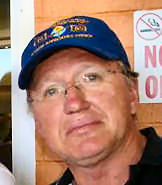
 made
available to Australian aircraft museums and other historical
organisations. The iconic F-111s were the front line of the Australian
Defence Force for almost four decades. Following their retirement in
December last year, aircraft museums and historical organisations around
the country expressed strong interest in displaying the F-111.
made
available to Australian aircraft museums and other historical
organisations. The iconic F-111s were the front line of the Australian
Defence Force for almost four decades. Following their retirement in
December last year, aircraft museums and historical organisations around
the country expressed strong interest in displaying the F-111.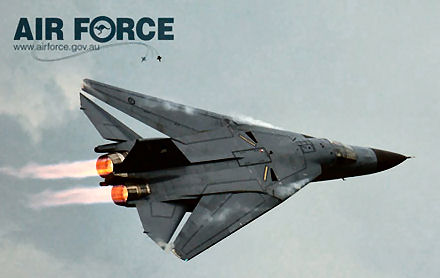

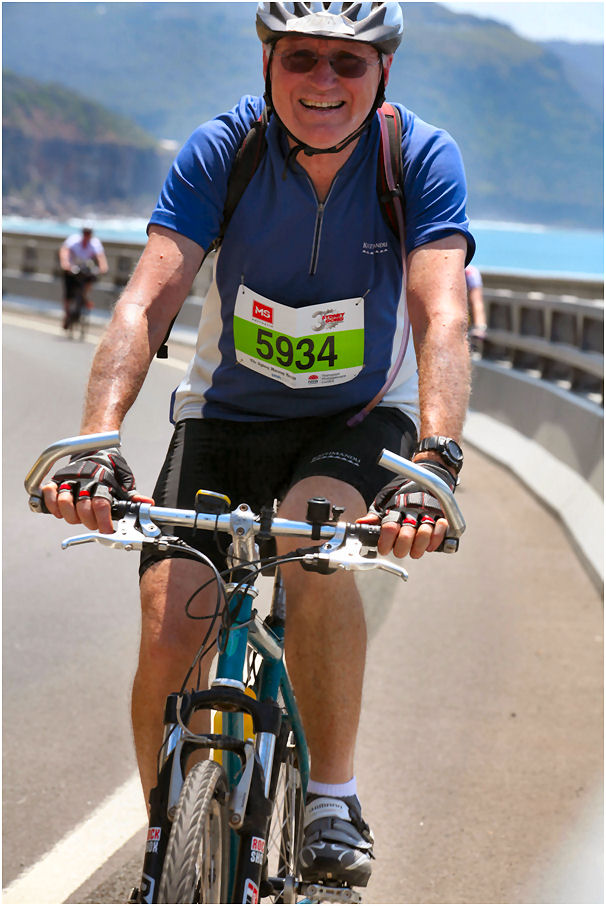
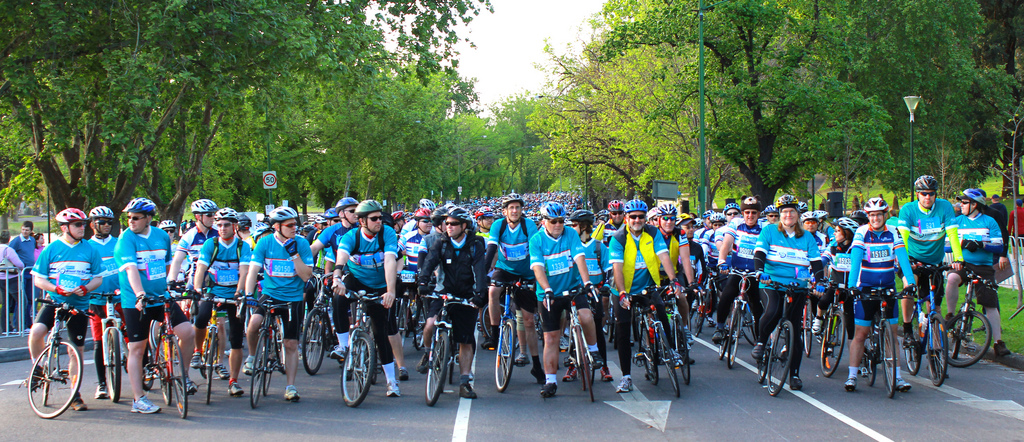
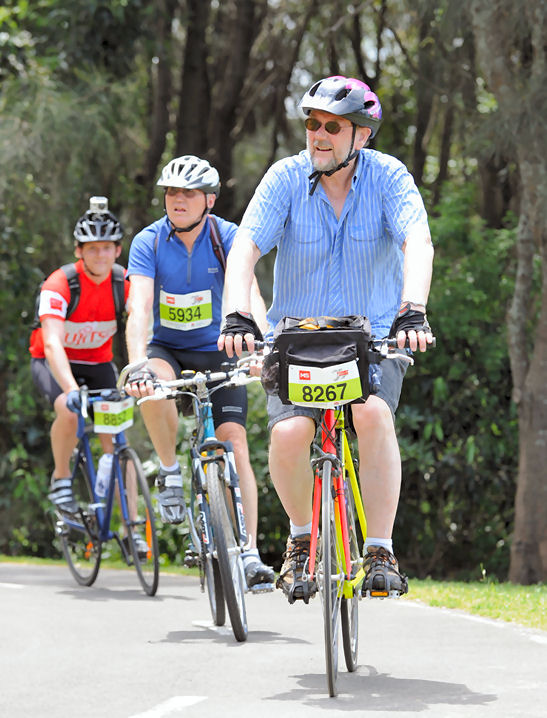
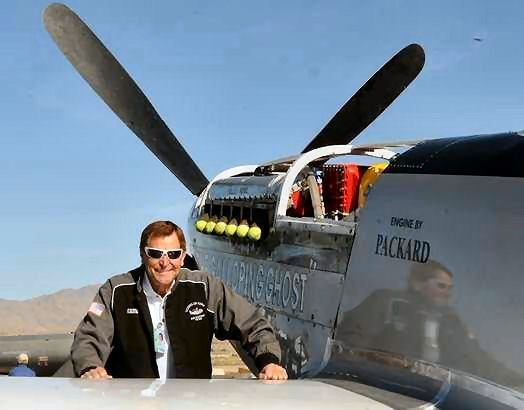 eing flown by Jimmy Leeward, crashed while
performing for the attentive crowd, killing 11 persons and injuring many
more. Jimmy Leeward, who was 74 years old, was a very experienced pilot,
having flown as a stunt pilot in many movies and with years of
experiences in air racing.
eing flown by Jimmy Leeward, crashed while
performing for the attentive crowd, killing 11 persons and injuring many
more. Jimmy Leeward, who was 74 years old, was a very experienced pilot,
having flown as a stunt pilot in many movies and with years of
experiences in air racing.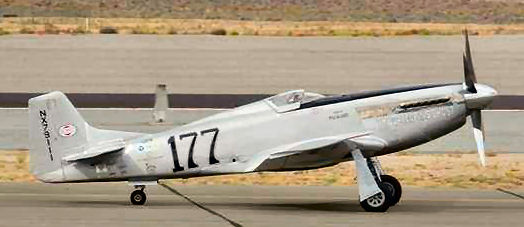 by 3 metres and the ailerons were cut from about 150 cms to 75
cms. The bottom air scoop had been removed and the cooling for the
engine was being conducted by a water/methanol heat exchanger buried
inside the fuselage. All this made the aircraft much faster and more
manoeuvrable.
by 3 metres and the ailerons were cut from about 150 cms to 75
cms. The bottom air scoop had been removed and the cooling for the
engine was being conducted by a water/methanol heat exchanger buried
inside the fuselage. All this made the aircraft much faster and more
manoeuvrable.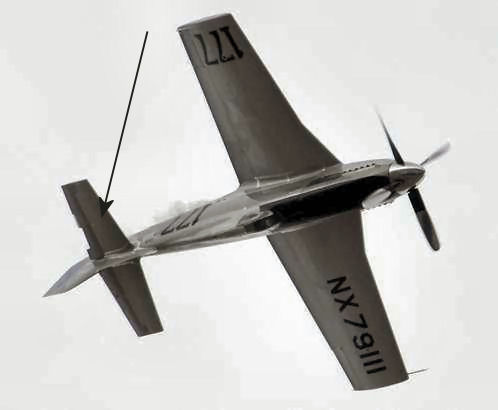

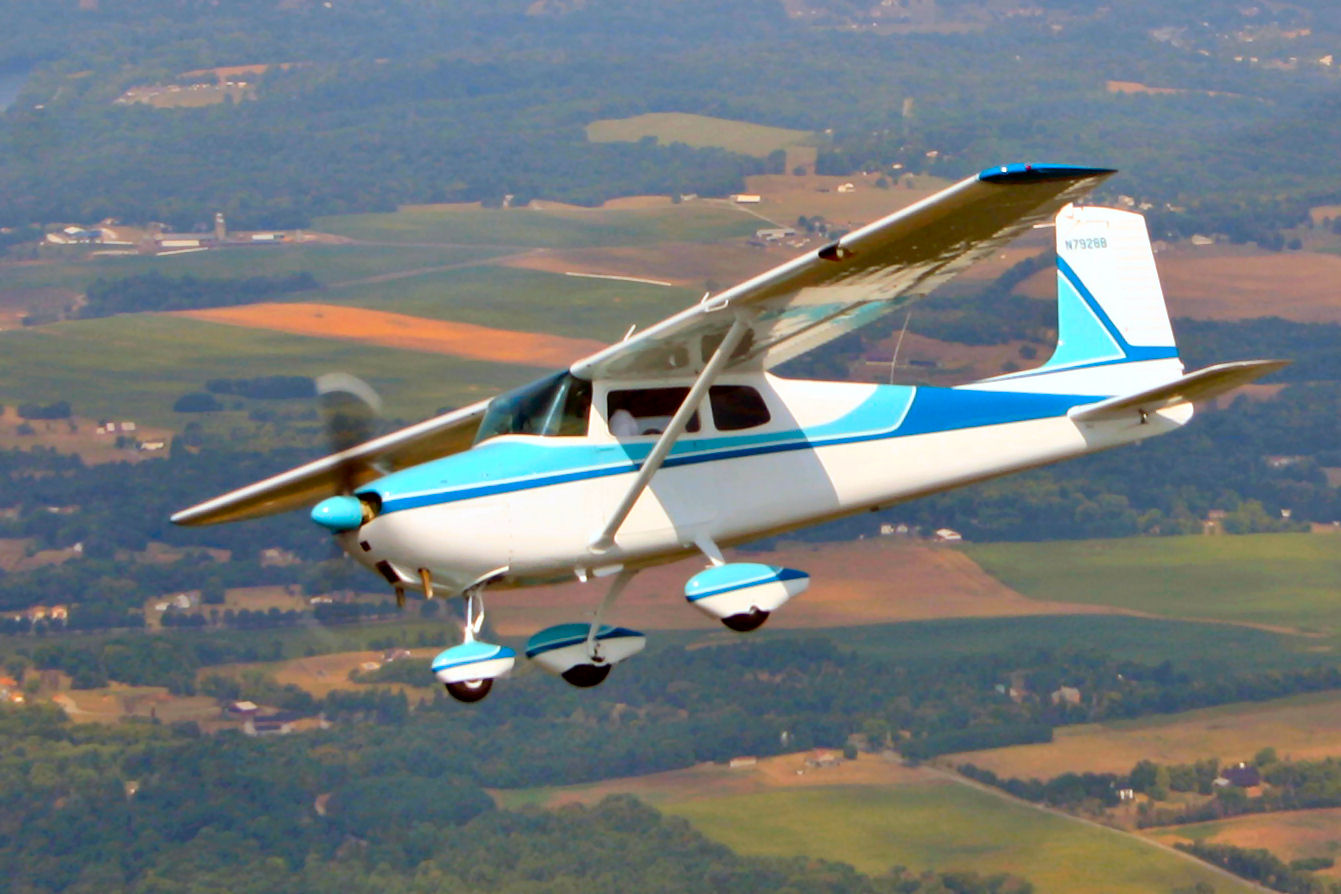
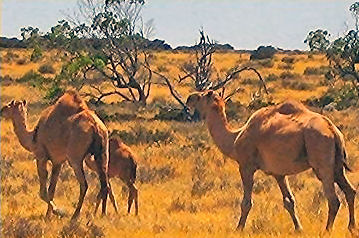
 "Ah!"
I thought, "there's an omen. We'll land right there." Knowing that the
tyre problem demanded a slow approach, I flew a couple of steep turns
with full flap. Soon the stall warning horn was blaring so loud in me
ear that I cut its circuit breaker to shut it up but by then I knew we
were slow enough anyway. I turned steeply onto a 75-foot final and put
her down with a real thud. Strangely enough, I had always thought you
could only ground loop in a tail dragger but, as usual, I was proved
wrong again!
"Ah!"
I thought, "there's an omen. We'll land right there." Knowing that the
tyre problem demanded a slow approach, I flew a couple of steep turns
with full flap. Soon the stall warning horn was blaring so loud in me
ear that I cut its circuit breaker to shut it up but by then I knew we
were slow enough anyway. I turned steeply onto a 75-foot final and put
her down with a real thud. Strangely enough, I had always thought you
could only ground loop in a tail dragger but, as usual, I was proved
wrong again! rehearsal, they drove to New York and tied for 1st Place on "
rehearsal, they drove to New York and tied for 1st Place on "




